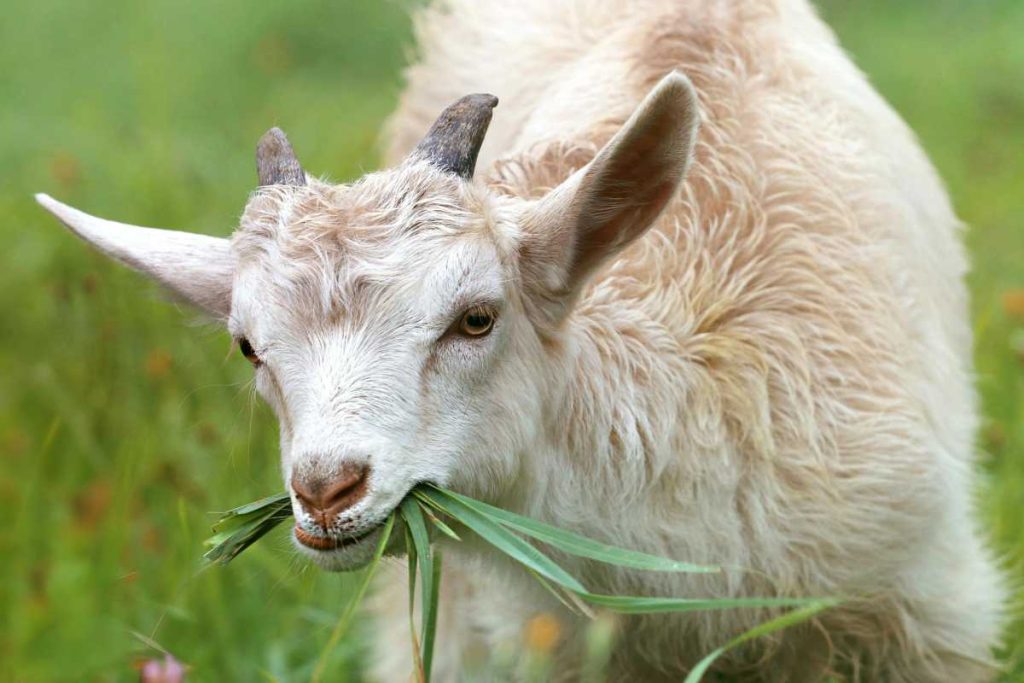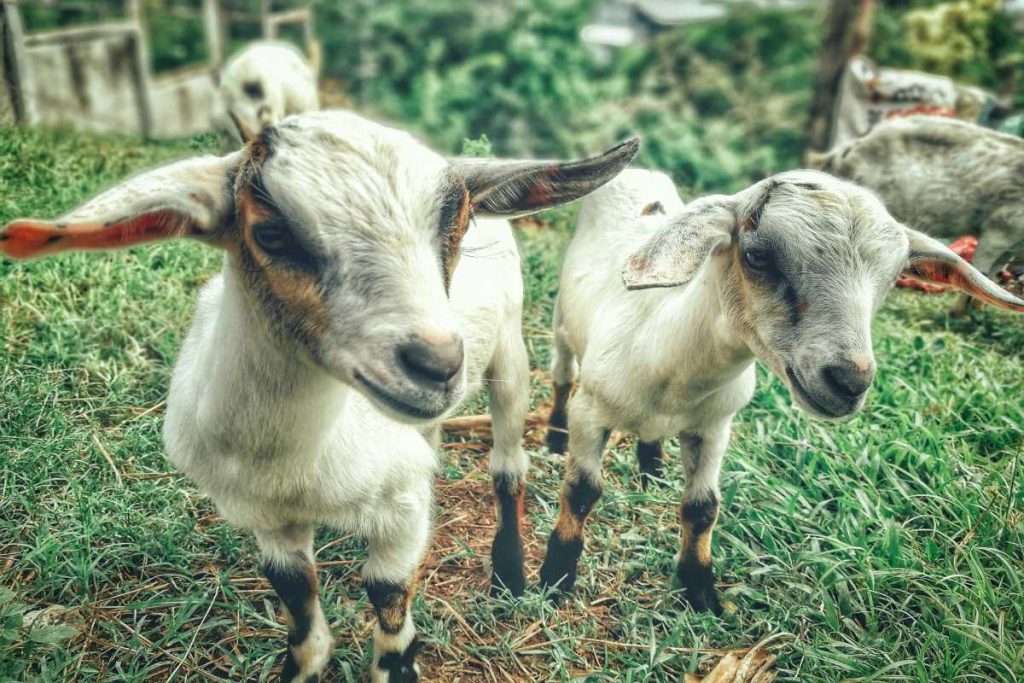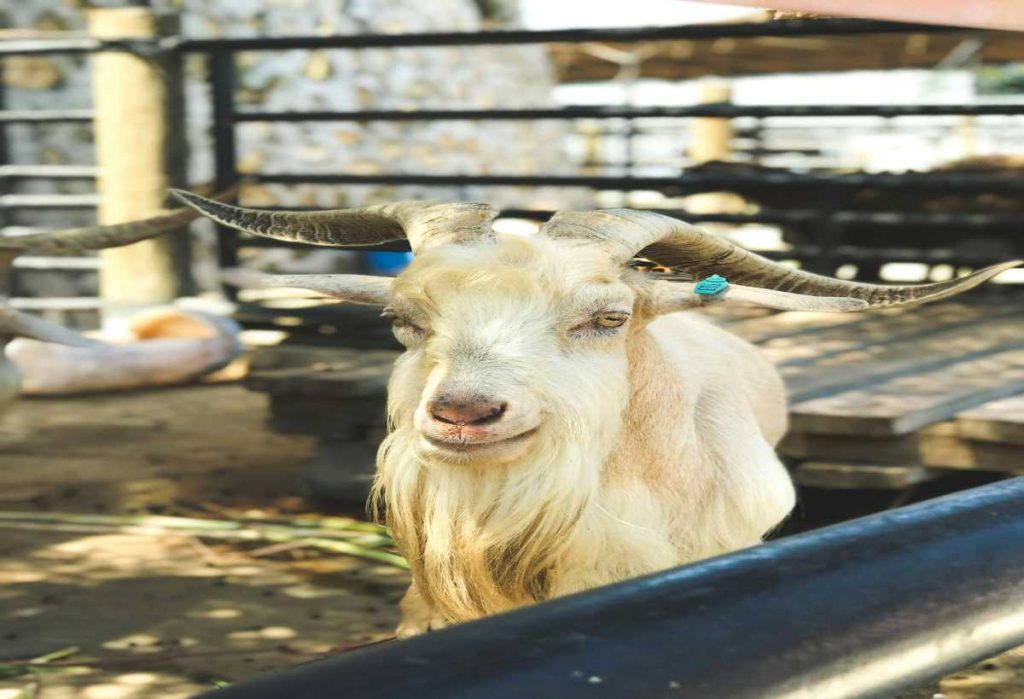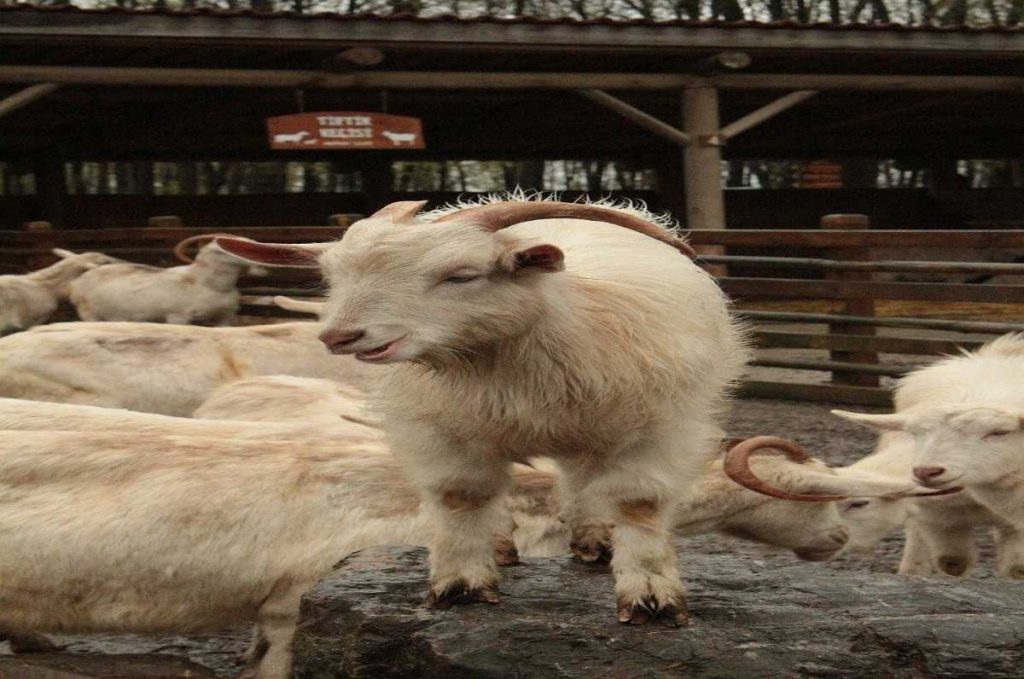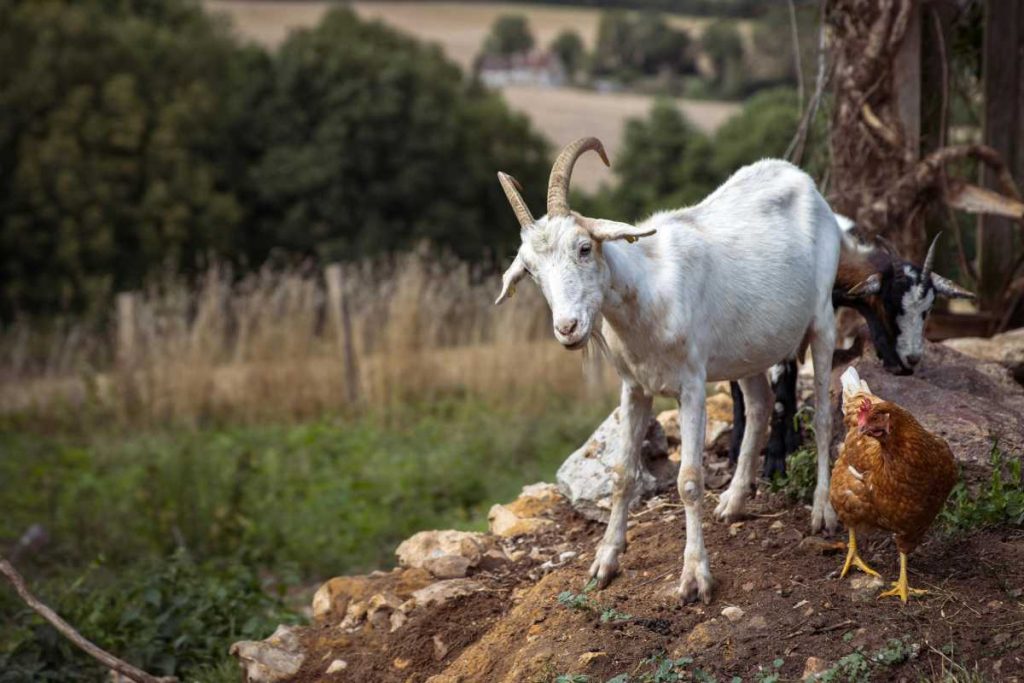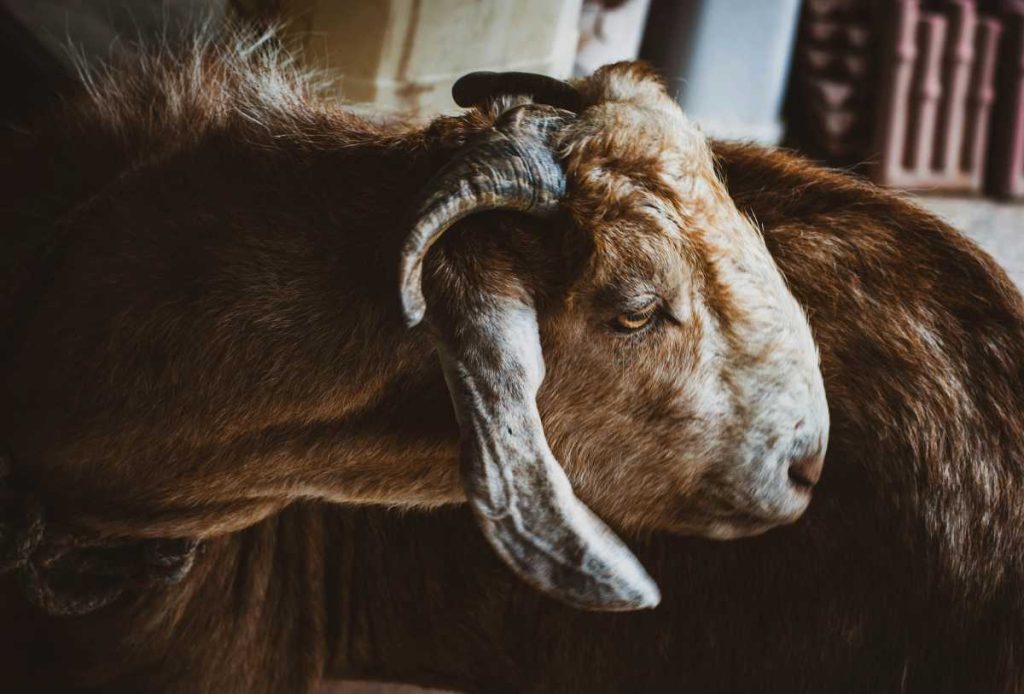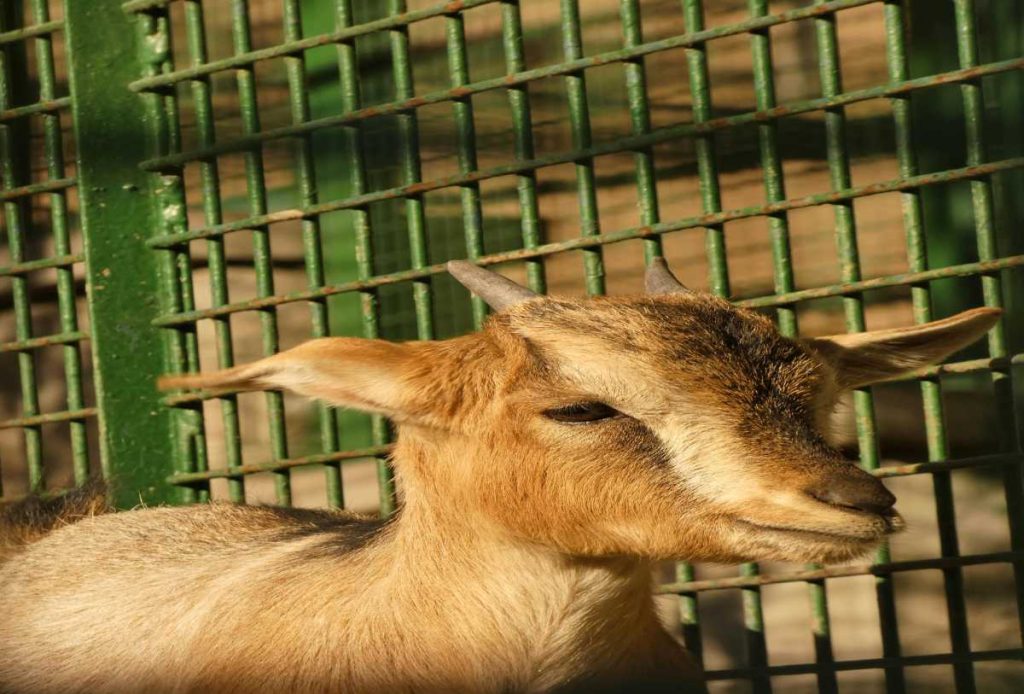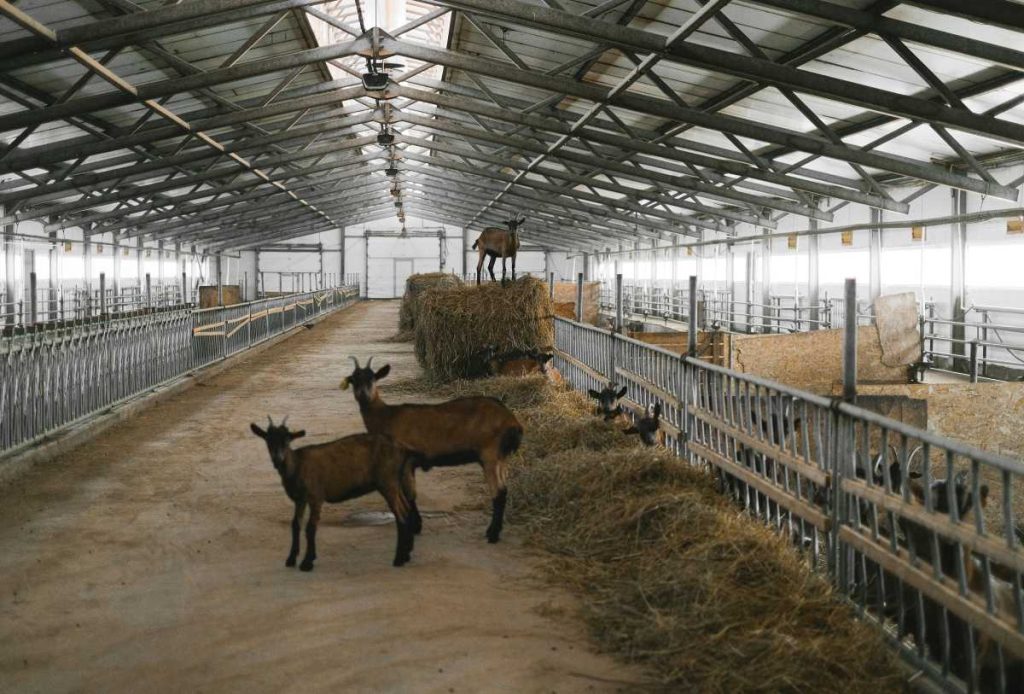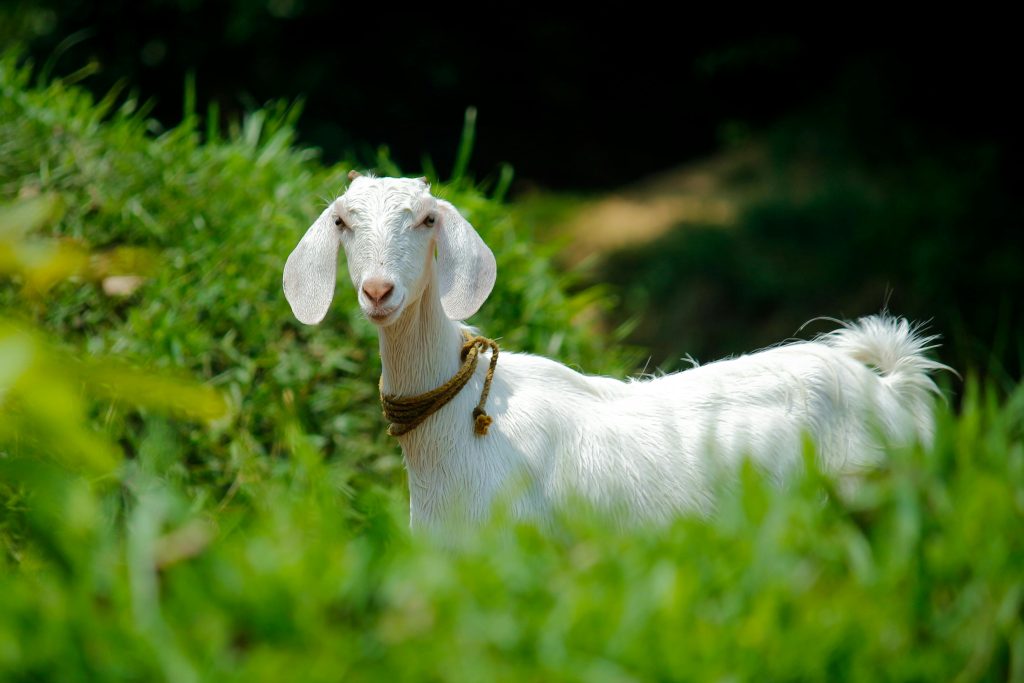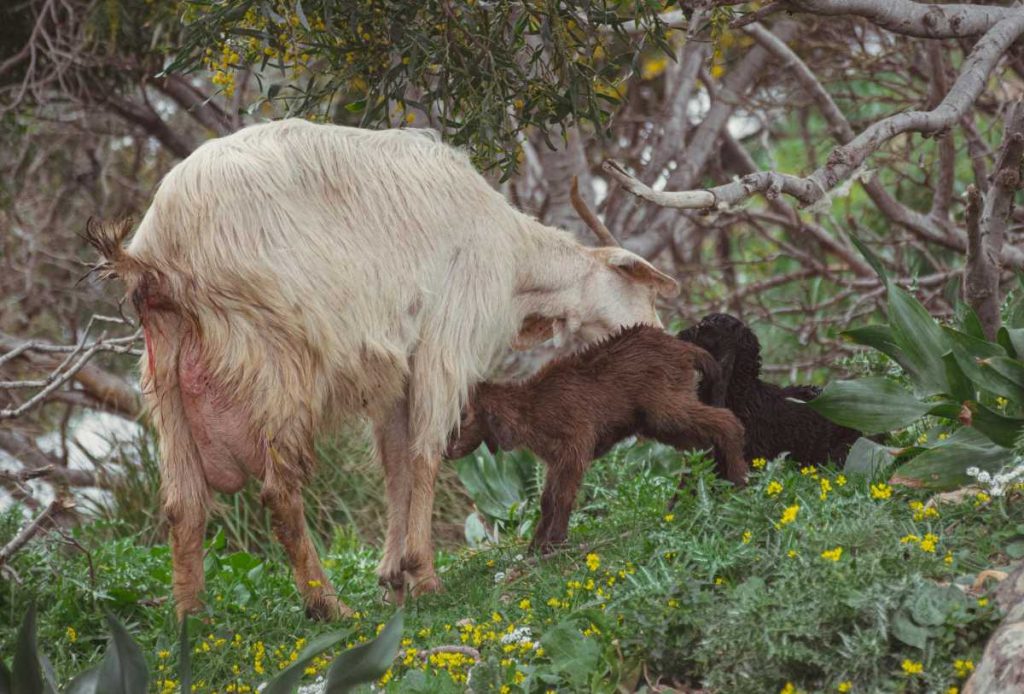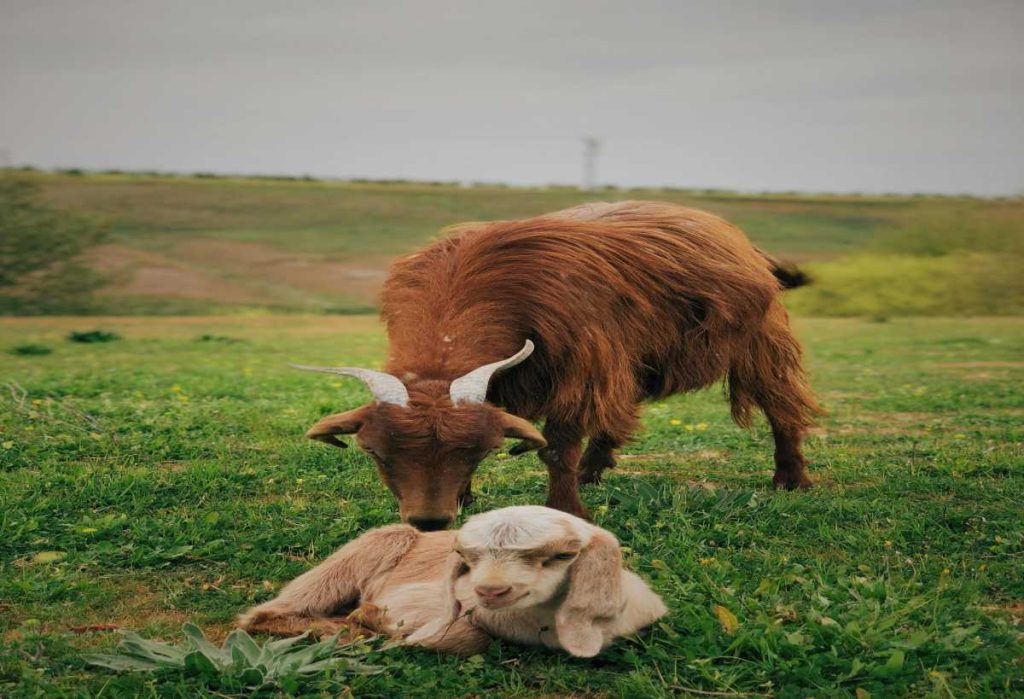Raising goats is a rewarding endeavor, whether you’re keeping them for milk, meat, fiber, or simply as pets. However, one of the key considerations when deciding to raise goats is how much land you’ll need. While goats are hardy and adaptable creatures, providing them with the right amount of space is essential for their health, well-being, and productivity. But the amount of land you need depends on several factors, including the number of goats, the type of grazing system, your climate, and the purpose of raising the goats.
In this article, we’ll break down the land requirements for raising goats and what you need to consider to ensure they thrive.
1. General Space Requirements
The general rule of thumb is that you need at least 1 to 2 acres of land for every 5 to 10 goats. This space is necessary to provide them with enough room to graze, roam, and exercise, all of which are important for their physical and mental health.
- For a Small Herd (5 to 10 goats): You’ll need around 1 to 2 acres of land. This is the typical space requirement for people who keep goats for personal use, whether for milk, meat, or fiber. With this amount of land, you can set up a small grazing area and a shelter for the goats.
- For a Larger Herd (20 to 30 goats or more): A herd of this size will require 3 to 5 acres or more, depending on the type of grazing system you plan to use. Larger herds also require more space to prevent overgrazing, which can lead to soil depletion and other issues.
Note: These are general guidelines, and factors like climate, soil quality, and the type of goat you are raising can affect the amount of land you need.
2. Factors Affecting Space Requirements
Several factors will influence the amount of space you need for your goats. Let’s take a look at some of the key factors that should be considered.
a) Grazing System
The way you manage grazing is one of the most important factors in determining how much space you need. There are two main grazing systems to consider:
- Continuous Grazing: In this system, goats are allowed to graze on a fixed area of land. With continuous grazing, they may graze the same patch of grass or pasture day after day, which can lead to overgrazing and depletion of the pasture. As a result, you may need more land to ensure they have enough forage.
- Rotational Grazing: Rotational grazing involves moving goats between different grazing areas, allowing pasture to recover while they graze other sections. This method is more sustainable and typically requires less land, as it allows you to rotate between several smaller pastures. However, this system requires you to divide your property into sections and may involve additional work to move the goats.
Rotational grazing is generally more efficient and helps conserve the land and pasture. If you plan to implement rotational grazing, you might be able to get away with less land, perhaps 1 to 2 acres per 5 to 10 goats. However, if you’re using continuous grazing, you may need more land, as your goats will need more room to prevent pasture degradation.
b) Climate and Weather
The climate of your region plays a role in how much land is needed for your goats. In hot climates, for example, goats may require more shade and areas of shelter to avoid overheating. In cold climates, you’ll need to provide enough space for a shelter or barn to protect them from harsh winter conditions. If you’re in an area where pasture growth is slow due to extreme weather conditions, you may need to increase the size of your grazing area to ensure the goats have enough food.
Additionally, goats raised in areas with harsh winters may require supplemental feed during the colder months, which can reduce the demand for grazing space in winter.
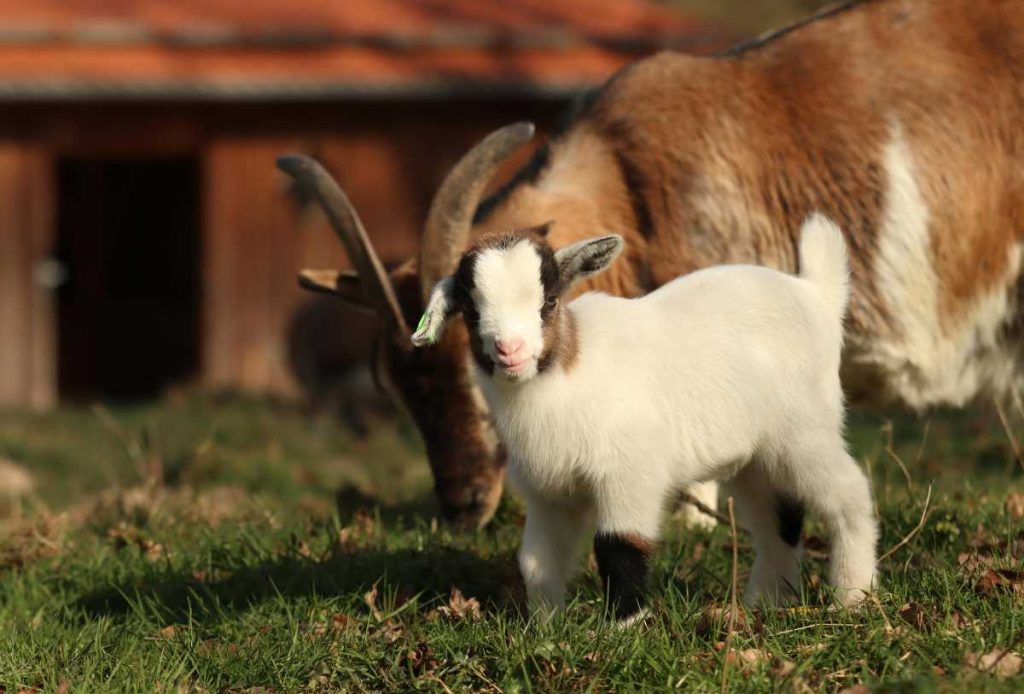
c) Soil Quality and Forage
The quality of the soil and the type of forage available will affect how much land is needed to support your goats. High-quality soil with nutrient-rich grasses and plants can support more goats per acre than poor-quality soil. If your land has fertile soil and produces a good amount of forage, your goats will have more to graze on and may require less space. Conversely, poorer soil or overgrazed land will require more space or supplemental feeding.
If your land has poor-quality forage or if you’re in an area where grazing is limited during certain seasons, you may need to provide supplemental hay or grain to meet your goats’ nutritional needs. This can reduce the pressure on your land but will also increase costs.
d) Goat Type and Purpose
The type of goats you raise and the reason you’re raising them will also affect the amount of land you need.
- Dairy Goats: Dairy goats tend to require more space for grazing to ensure they have enough food to produce milk. If you plan to raise dairy goats, you’ll need at least 1 to 2 acres per 5 to 10 goats to ensure they have enough to graze on. Additionally, dairy goats are often kept in small herds, so it’s important to factor in space for their shelter, milking stations, and any other equipment you may need.
- Meat Goats: Meat goats, such as Boer goats, tend to be larger and more active than dairy goats, so they may require more space. You may need 1.5 to 2 acres per 5 to 10 meat goats, depending on how intensively you graze them. Meat goats also tend to be more adaptable to less intense grazing systems, making them easier to manage with rotational grazing.
- Fiber Goats: Fiber goats like Angora and Cashmere goats also require enough space to graze, though their land needs are similar to dairy goats. Like dairy goats, fiber goats need space for shelter and foraging for the plants that support their coats.
- Pets or Hobby Goats: If you’re raising goats for personal enjoyment or as pets, you may not need as much space, especially if you supplement their diet with hay. However, even if they’re not being raised for milk or meat, goats are still social animals that need enough room to play, explore, and express natural behaviors.
3. Fencing and Shelter Needs
In addition to providing land for grazing, goats also need a secure area to rest, sleep, and be protected from the elements. A basic shelter, such as a small barn or three-sided shed, is recommended for goats. The shelter should be large enough for the entire herd, with enough space to prevent overcrowding.
Fencing is another important consideration. Goats are notorious escape artists, so you’ll need sturdy fencing that can contain them. A fence at least 4 to 5 feet high is necessary, and you may also need to make it more secure by burying it a few inches into the ground to prevent goats from digging under it.
If you plan to rotate your goats through multiple grazing areas, you’ll need to install additional fencing to divide the land into sections. This can be a combination of permanent and temporary fencing systems, depending on your rotational grazing setup.
4. How Much Land for Different Herd Sizes
Here’s a quick guide to land requirements based on herd size:
- Small Herd (1 to 5 goats): You can raise 1 to 5 goats on as little as 1 acre if you practice rotational grazing. If you have poor soil or limited grazing space, you may need up to 2 acres.
- Medium Herd (10 to 20 goats): A herd of 10 to 20 goats typically requires 2 to 3 acres. If you’re practicing continuous grazing, you might need up to 5 acres.
- Large Herd (30 to 50 goats): A herd of this size may need anywhere from 5 to 8 acres, depending on the quality of your land and the grazing system you use. Larger herds need more space to avoid overgrazing and maintain healthy pasture.
- Very Large Herd (50+ goats): Large-scale goat operations will likely need 10 or more acres. At this scale, rotational grazing is a must to maintain healthy land and prevent overgrazing.
Conclusion: How Much Land Do You Really Need?
The amount of land required to raise goats largely depends on the size of your herd, the type of grazing system, the quality of your land, and the climate of your region. As a general rule, 1 to 2 acres per 5 to 10 goats should be sufficient for most small-scale operations, with larger herds requiring more space.
By considering all these factors, you can determine the ideal amount of land for your goat operation, ensuring that your goats have enough space to thrive and be happy. Whether you are raising goats for milk, meat, fiber, or as pets, providing them with ample space to graze, explore, and play is essential to their health and well-being.

